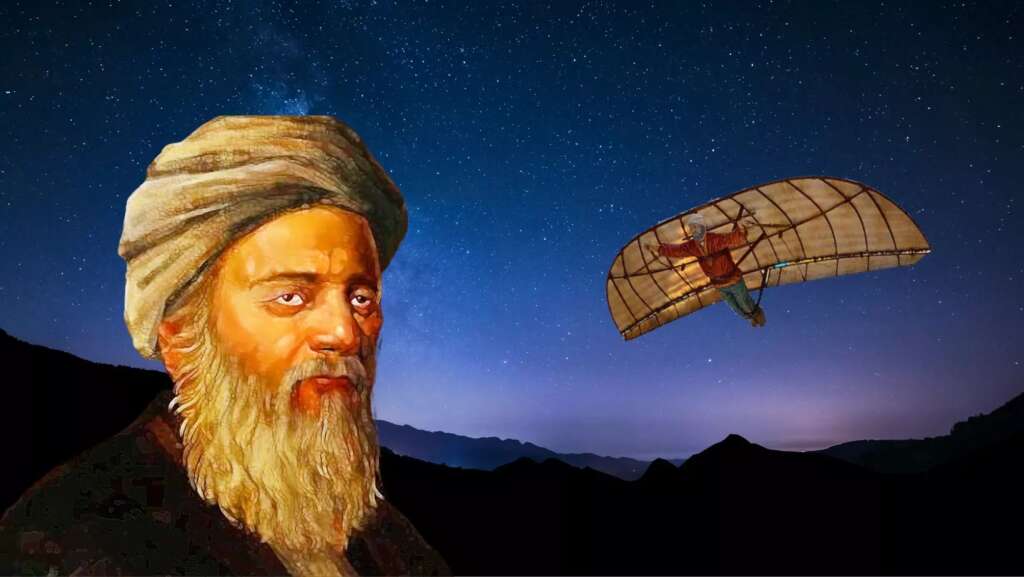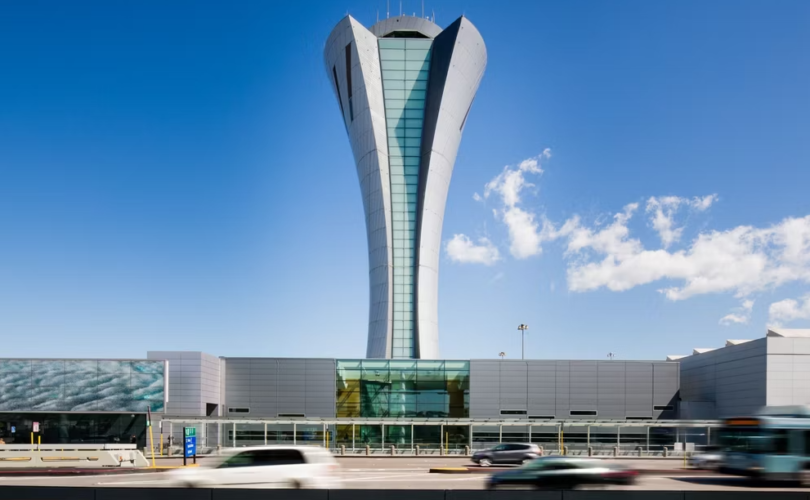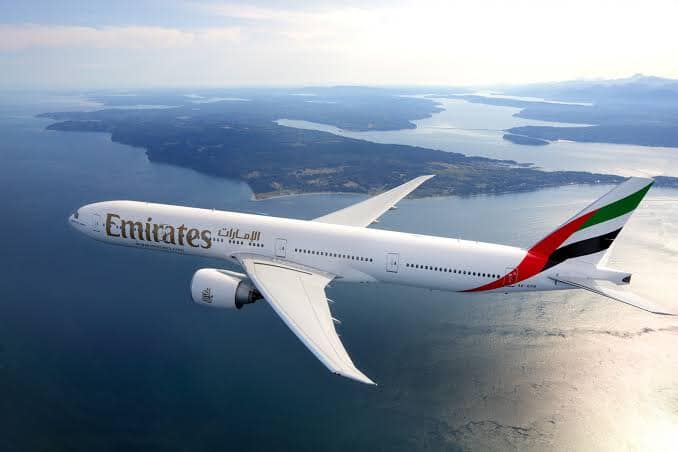A brief history of Aviation
The history of aviation is a fascinating topic, and it is interesting to note that humans have been fascinated with flight for centuries. Ancient civilizations like the Greeks, Egyptians, and Chinese all have stories and myths about flying, and it is clear that humans have always dreamed of taking to the skies.
The earliest attempts at aviation were likely made by the Chinese, who are credited with inventing kites around 500 BCE. These kites were made of bamboo and silk, and were used for both military and recreational purposes. While they did not allow for actual flight, they did demonstrate the principles of aerodynamics, and paved the way for future advancements.

The Greeks were also interested in flight, and stories about flying are common in their mythology. One famous story is that of Icarus, who flew too close to the sun with wings made of feathers and wax, causing his wings to melt and him to fall to his death. While this story is purely mythical, it does show that the Greeks had an understanding of the dangers of flying, and the importance of finding ways to stay in the air.
In ancient Egypt, there are also stories of flight, particularly involving the god Horus, who was said to be able to fly. The Egyptians also built large structures like pyramids, which required a great deal of knowledge about geometry and engineering, both of which are important in aviation.

As time went on, humans began to make more tangible advances in the field of aviation. In the 9th century, Abbas Ibn Firnas, an Andalusian polymath, attempted to fly using a glider made of silk and eagle feathers. While his flight was not successful, he did survive the landing, and his experiments paved the way for future advancements.

In the 11th century, the Chinese invented the first manned rocket, which was used for military purposes. While this rocket did not allow for sustained flight, it did demonstrate the power of propulsion, and paved the way for future rocket development.
In the 15th century, Leonardo da Vinci began designing flying machines, including a glider and a helicopter. While he was never able to test these machines in flight, they demonstrated his understanding of aerodynamics, and his designs influenced future aviation pioneers.

In the late 18th century, the Montgolfier brothers invented the hot air balloon, which allowed humans to achieve sustained flight for the first time. This invention was a major milestone in the history of aviation, and demonstrated the power of human ingenuity and determination.

In the 19th century, advancements in engineering and materials science allowed for the development of powered flight. The Wright brothers, Orville and Wilbur, are credited with inventing the first successful airplane, which they flew at Kitty Hawk, North Carolina in 1903. Their invention marked the beginning of modern aviation, and paved the way for the many technological advancements that we enjoy today.

In conclusion, while the ancient history of aviation may seem distant and mythical, it is clear that humans have always been fascinated with flight, and have worked tirelessly to find ways to take to the skies. From kites and gliders to rockets and airplanes, the history of aviation is a testament to human ingenuity, creativity, and determination. Today, we enjoy the many benefits of air travel, and it is important to remember and honor the many pioneers who helped make it all possible.



